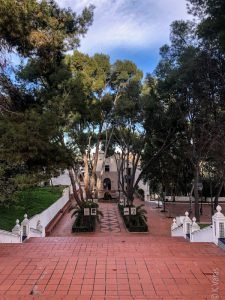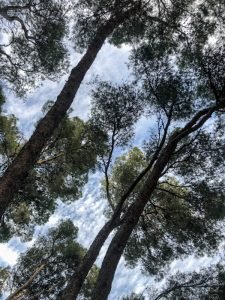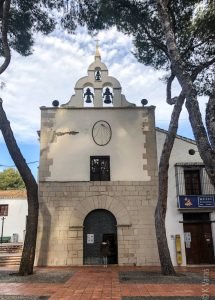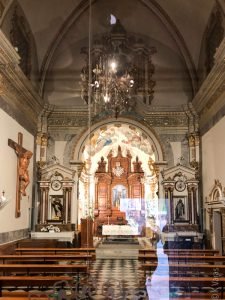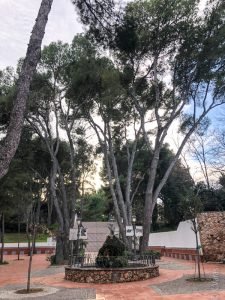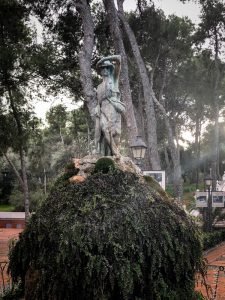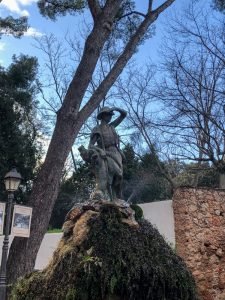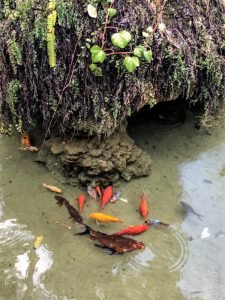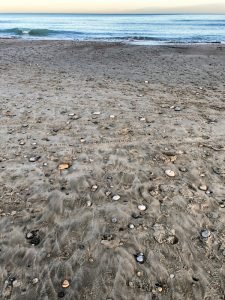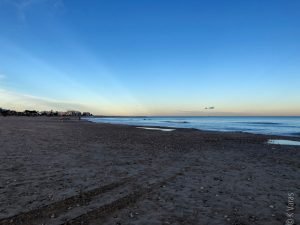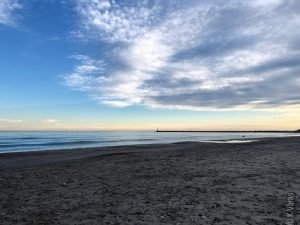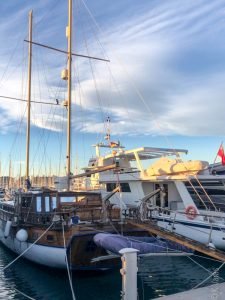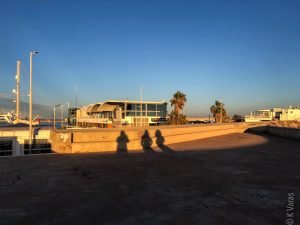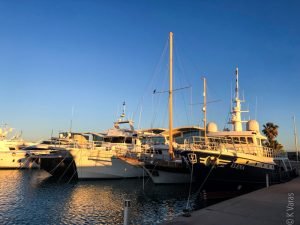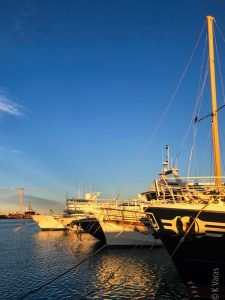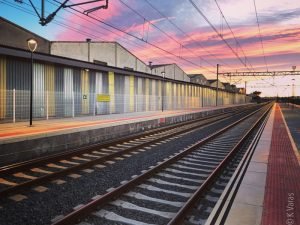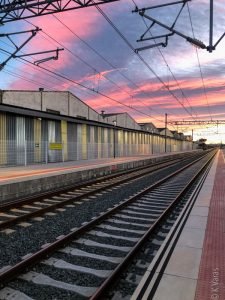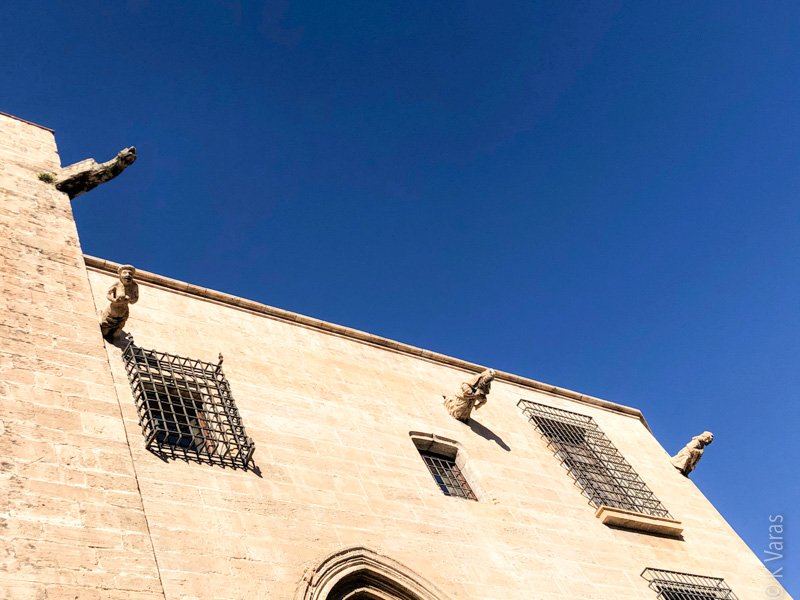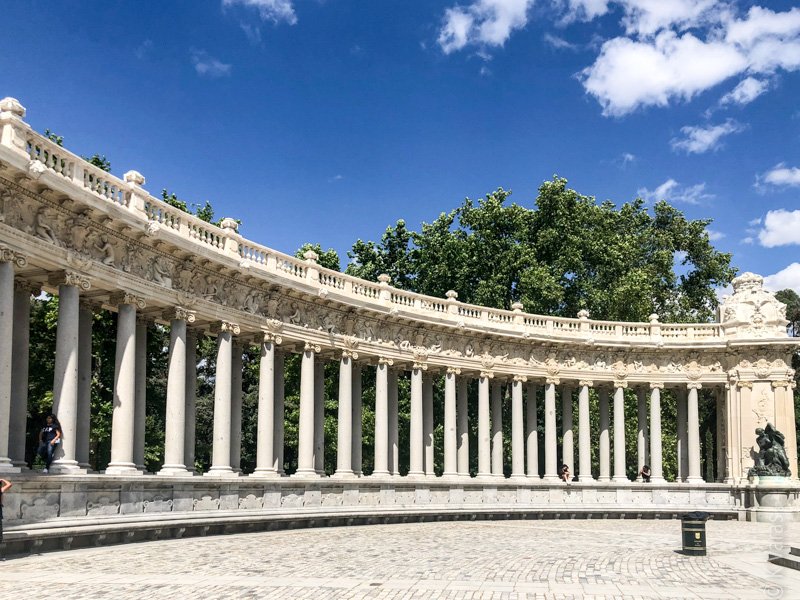
Down Memory Lane
This time, the drive down memory lane was Sagrario’s, not mine. Both Fanzara and Onda are located west of Castellón de la Plana, one of the three provincial capitals in Comunidad Valenciana, the other two being València and Alicante. This is also the general area Sagrario is from; she grew up in Borriana (or Burriana, depending on whom you ask). This part of the Comunidad is very Valenciá and that language dominates. Sagrario’s father still lives here, as does her sister and bunch of other extended family. Since we were so close to her old stomping grounds, she gave us a bit of a tour.
Starting in Onda we headed east to the coast. As we drove down the main highway it quickly became apparent that we were in tile country, as in ceramic, porcelain, stone, and any other type of tiles that exist. The sheer number of manufacturing, distribution, and sales centres all focussed on tiles was staggering. I’m talking kilometre after kilometre of huge industrial buildings all devoted to the art and craft of these wall and floor coverings. I suspect that the majority of Spanish tiles that are available in Canada come from right here; I wish I could call my buddy Eric at Decora to ask if he has any Spanish tiles in the shop and if he does, I’ll bet you they’re Valencian. This is what tile heaven looks like 🙃

The first real spot we stopped at was an old chapel/sanctuary/private residence and perhaps convent situated in a beautiful park close to the hamlet of Los Angeles, very picturesquely located in a curve of Río Mijares. (I’m not exactly sure how to translate ermita into English as the literal translation of “hermitage” doesn’t work. The closest word is “chapel” but, again, often there is much more to the structures than just chapels; often a convent or some other private and/or religious residence is implied. It’s just one of those typically Spanish things, I guess.) We’re told this is where the young and beautiful of the region would come and swim in the public pool or the river itself, party like there was no tomorrow, and carve their beloveds’ names in the benches or trees. Ermita de la Mare de Déu de Gràcia really is quite lovely, and I can totally imagine the huge terrace facing the river full of people dancing under the hanging lights while a band played on and, while the elders danced, young couples in love snuck away to dip their toes in the water … or something like that. I won’t spill the beans on Sagrario’s escapades because that would be rude, but I could tell by the twinkle in her eyes as she told us about them that she enjoyed spending her youth here quite a bit, however much she ultimately wanted to escape the provincial life and move to the big city.
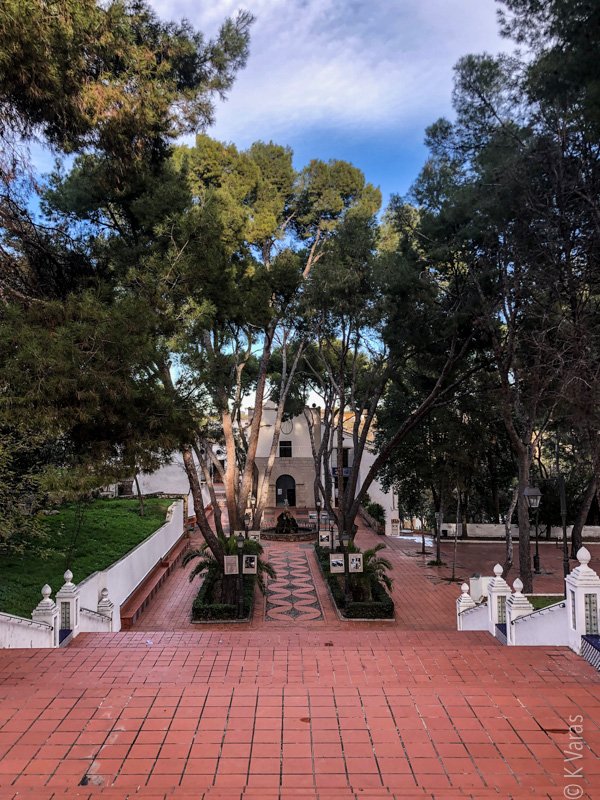
The next stop was Borriana itself. This is a town that has a very high image of itself, according to Sagrario, on par with cities like Paris and London, I’m told. Even when it comes to the King of Spain, the citizens of Borriana hold their own, or so the story goes. The town is technically split into two parts: Borriana Playa and Borriana Ciudad. We skipped the Ciudad part and headed directly to the beach, especially to see the beautiful homes along the waterfront. Many of them really were quite impressive. We walked out to the beach itself for a bit and were surprised by the quantity of largish water-polished stones in the side. At first I thought it must not be a very comfortable beach to lounge on since there were so many, but Sagrario assured me that this was unusual and most likely the result of the recent heavy storms. I was quite impressed with the quality and colours of the stones and immediately started planning a lovely rock garden in my head though I wisely did not take any with me because … luggage and all that … living out of suitcases does have its drawbacks, unfortunately: I can’t even pick up rocks.
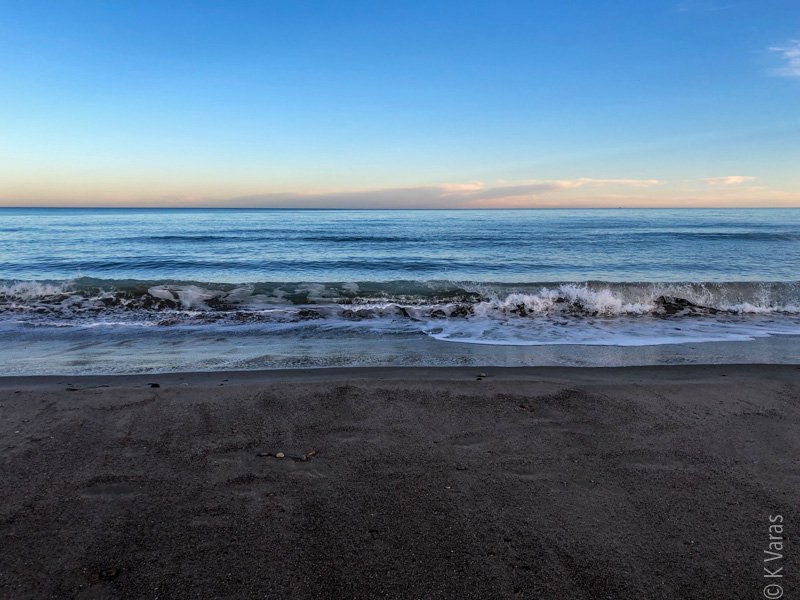
After the beach we headed to the heart of the Borriana Playa: that’s where Sagrario’s family has its finca, which here means a city building as well as farm, giving some funny results when using Google Translate. After dropping off some things at the house (it was Sagrario’s turn to stay and take care of her father for the week), we drove to the Borriana marina and as far out to sea as is possible. There is a very good (and expensive) restaurant at the end of the jetty, but it looked as if it has been closed for a while, so we decided to just walk around and admire the views. With the afternoon winter sun, the views were quite spectacular. But then I never get tired of boats and the long shadows of the setting sun … It definitely was a beautiful spot.
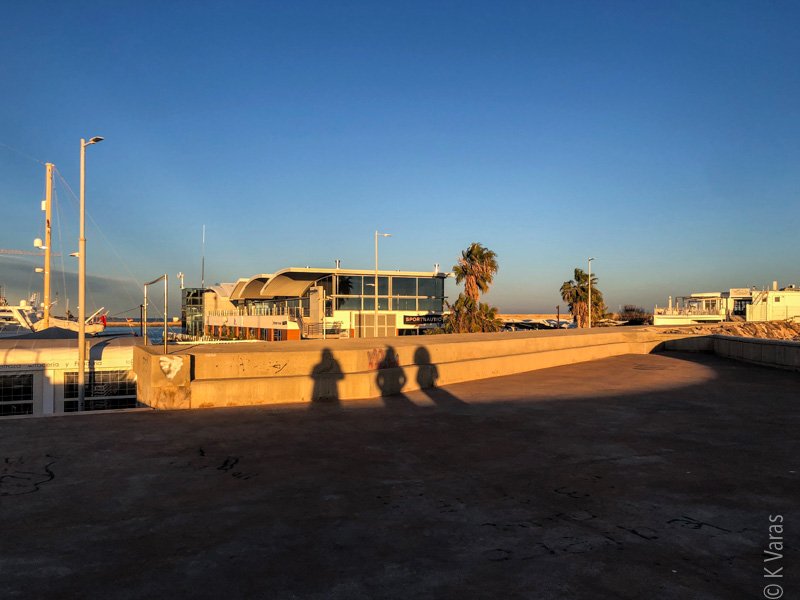
We ended the visit in Sagrario’s home town by taking the local train to València, only about an hour away. As we waited for it on the platform, the skies rewarded us with spectacular colours as we said good-bye to Borriana. It was a very full day but also a very memorable one. I suspect I will be seeing Borriana again soon since I’ve been invited to come stay for a few days. I won’t have to be asked twice.
🙃 If you want to check out the extent of the industry here, check out Google Maps and zoom in on the main route between Onda and Villa Real and then south from Villa Real to Alqueries … all the industrial buildings you easily see are dedicated to tiles.



